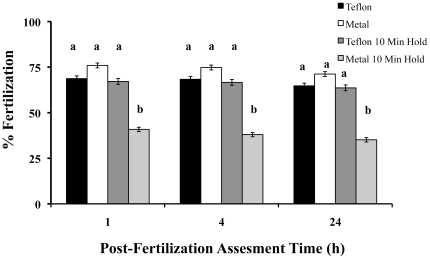Figure 5. Factors increasing egg-holding time.
To determine whether egg handling might have decreased the fertilization success observed in Fig. 4, eggs were handled with either the standard metal spatula or a Teflon-coated spatula. Eggs from individual females (N = 10) were initially divided in half with the Teflon-coated spatula, and then each half was divided again with either the Teflon-coated spatula or the metal spatula. Each quarter was moved into separate dish with the assigned spatula and covered in 40 µl of HBSS. One group of Teflon-moved and one group of metal-moved eggs were allowed to sit for 10 minutes before fertilization, while the remaining two groups were immediately fertilized by removing the HBSS and then fertilizing with pooled sperm (N = 5 males). Fertilization success was assessed at 1, 4 and 24 h. If the eggs were fertilized immediately, it did not matter what kind of tool was used to move the eggs, the fertilization success was unaffected (P>0.05). However, after moving the eggs with a metal spatula and waiting 10 min, there was a 50% loss in fertilization success. In contrast, there was no loss of fertilization success after moving the eggs with a Teflon-coated spatula and waiting 10 min (P<0.05; ANOVA). This suggested that a holding time of 10 min does not impact the fertilization success, and the reduction of fertilization success observed after a 5 min holding time in Experiment 4 was attributed to the egg handling.

